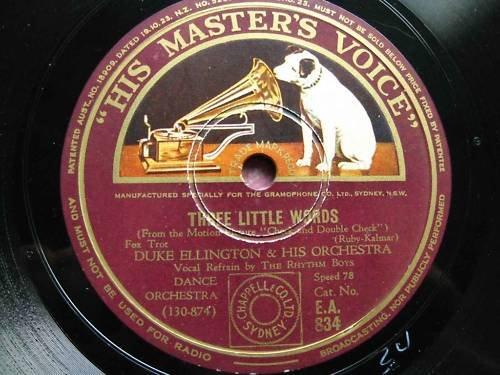I previously stated that good music holds a great deal of value for all. Although this is true, nowadays music alone is never enough and artists too often find themselves paying more attention to showbiz and marketing than the facets of their art. Good music’s hard to come by. It’s also more difficult for new artists to retain any kind of integrity or depth, to tell their story, or to be themselves musically. One could say that the power of music no longer rests with the artist. But why? Here’s one of the many reasons……
Long ago the rewards of music were intrinsically linked to its performers. Before the advent of the phonograph, before radio & TV, and before the iPod if you wanted to listen to music you had to be in the presence of an artist, preferably a good one! Music was a communal activity and audiences went to concerts, operas, musicals, and listened to local street musicians, etc to get their musical fix. Within this world it paid to master your craft. It paid to be a virtuoso, and this virtuoso, his/her manager and promoter reigned supreme!
At home for recreation a popular song might be performed by a friend, a family member, or sometimes even oneself. Many households owned pianos, string or band instruments on which one might play the popular “ditties” of the day. Sheet music vendors noted that certain “ditties” sold a lot more than others and based their stock on this. Taking note, publishers sought to acquire the exclusive rights to reproduce the most popular songs from writers in return for an advance against future sales. They often signed this writer before he or she became well known, which allowed them to obtain these rights for a pittance. Publishers also hired their own in-house writers charged with reproducing more of whatever was popular at the moment. A sizable repertoire of “show tunes” emerged, which popular artists, bands and shows of the day would “cover”, each adding their own twist to their version. The publisher would earn a royalty on each and every new version performed. Thus the modern publishing industry came into being.
The emerging phonograph industry further established the abstract concept that their product, music was now a tangible commodity with pre-determined value (The price of a record), and that this industry was now driven by supply and demand! In contrast, earlier artists used records as promotional tools, which aided in selling out concerts, the product. By the mid 60’s this relationship had reversed. Concerts were promotional tools, which aided in the selling of the recording. Record labels such as Motown and Columbia now signed artists to convoluted recording contracts heavily biased in the label’s favor. They developed entire genres of groundbreaking artists, introducing them to genius songwriters and producers, who together in the future would shape the very sound of pop for new and previously unchartered audiences. Publishing deals could now last for life, including everything that an artist had ever written or ever would write. The reigns of popular music were now firmly in the hands of the record label.
By the mid 80’s record labels and publishers had profited so much from new sales and back catalogue that they were now able to invest millions of dollars in marketing their roster. Following corporate structure, not unlike the auto industry, major labels set up lavish offices in multiple cities and hired hundreds of employees to retain, develop, administer, and market this roster. They now had entire subsidiaries for each genre. Through payola radio became a mere marketing tool for the largest labels, completely under their control. The largest labels subverted the music charts, which were originally set up to gauge the popularity of artist’s albums and singles. Major labels possessed the power to make or break entire careers with the stroke of a pen, and thus controlled which records the public had access to. These labels, previously in the business of giving the public what they wanted, now used Bernaysian marketing techniques to influence their patrons to buy whatever they released. Pop music was no longer directed by supply and demand. It was a “pushers” game!
By the mid 90’s many people had repurchased their entire record collection on CD, placing yet more astronomical profits into the pockets of the recording industry. Budgets grew, and large major labels further consolidated into giant multinational entities, which ran everything. Influenced by their British subsidiaries, major label’s corporate departments now oversaw every aspect affecting each artist’s career. In production-line fashion, 4 to 5 main producers were now creating 80% of all top 20 hit singles. These producers, who represented only 1% of those competing, supplied almost all new material, with every album released featuring 4 to 5 singles created by the same 4 to 5 producers. This was not a great recipe for variety or sustainability and brought about the rise of million dollar super-producers such as Pharrell, Timberland, Scott Storch and Will I Am, who in order to meet demand eventually began formulaically producing the same single over and over again. At the same time proven mega-stars such as Madonna, Prince, and Michael Jackson witnessed their own ability to self-determine their sounds and careers slip away. There were four, then three, then two majors left, who now via a new 360 artist deal structure controlled everything (Record sales, live tours, video, TV, print, publishing, merchandising, etc). This was the turn of the century music industry that most of us became familiar with.
#tiddster.com @antiddote

